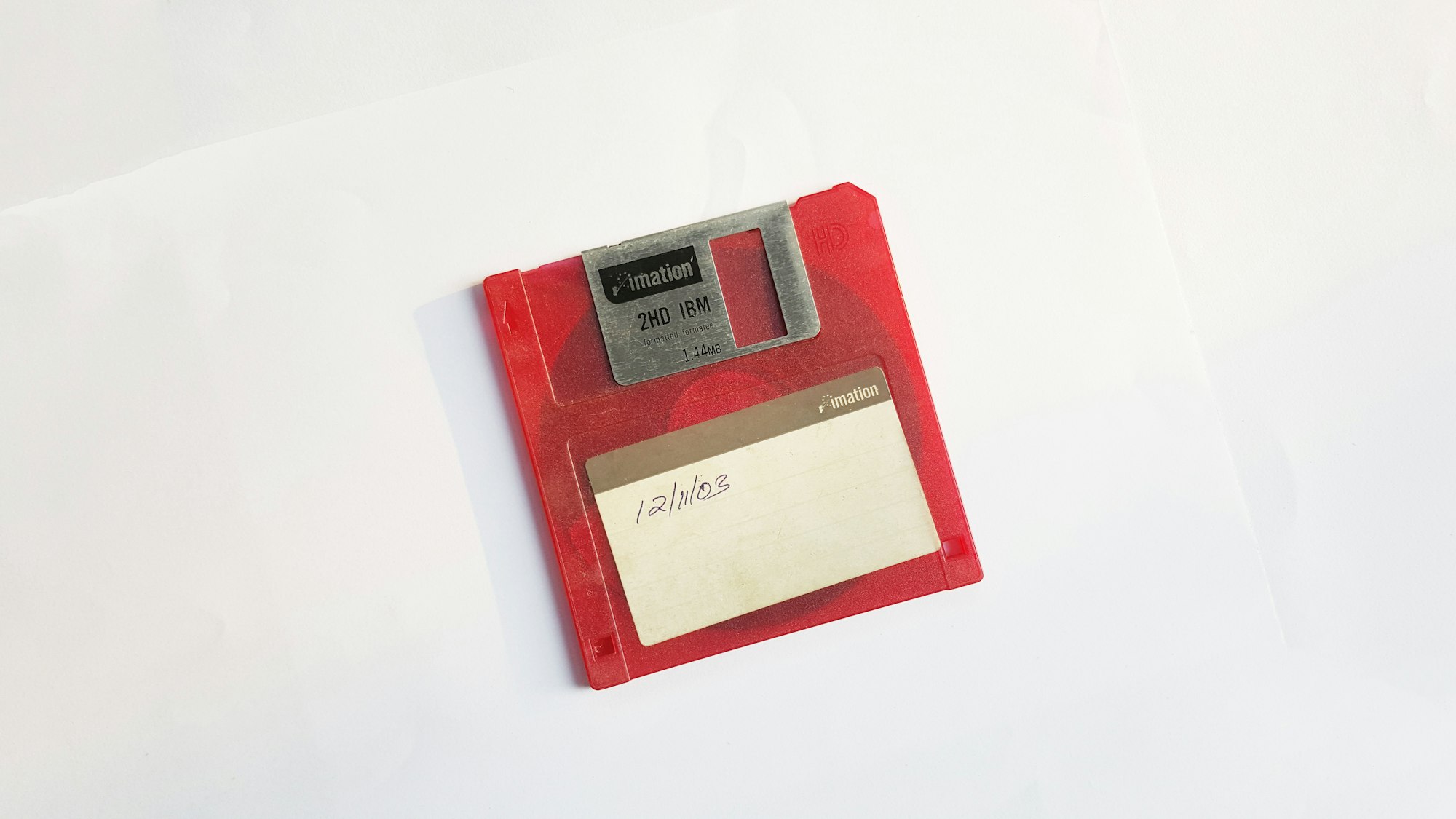Final Terms and Updates to the Edgeware Lockdrop
Today we are announcing: Changes to the meaning of lock and signal to be more inclusive of a variety of security preferences and increasing eligibility of participating ETH.

Update: We've published the process for the Generalized Lock Appeal.
Today we are announcing:
- Changes to the meaning of lock and signal to be more inclusive of a variety of security preferences and increasing eligibility of participating ETH.
- Removing the caps on the bonus structures for locking sooner, in order to provide more users a better opportunity for participating earlier.
- Capping allocated EDG to 20% of the network total for any individual lockdrop participant.
A generalized definition of a ‘Lock’ event.
We’re adding a generalized definition to a ‘lock’ for the purposes of the Lockdrop contribution period: If an address that calls ‘Signal’ is unable to sign a transaction with msg.value greater than 0 for the entirety of the 3, 6 or 12-month lock durations, that signal can be treated as a lock for the purposes of the allocation award. These will be treated as a 3-month locks without early contribution bonuses, and at the end of the contribution period (post-August 30th,) will be added to the genesis spec of Edgeware, case-by-case. In these cases, we will strive to achieve the two goals outlined in this article on the Lockdrop Norms.
This may include special cases like funds locked in other lockdrops whose lock periods exceed 92 days (the minimum lock duration in the Edgeware Lockdrop Event,) only where a Lockdrop participant owns the private key to those wallets or contracts. In these cases, it would be theoretically possible for contract or wallet owners to concurrently participate in multiple lockdrops.
We’re removing the caps on the bonus periods for locking sooner.
After listening to feedback on the timing of bonus tiers, we’ve decided to remove the caps for the bonus tiers for participating earlier so that the speed of the completion of the process is no longer as influential on the amount of EDG allocated. The new bonus schedule follows:
We’re instituting a hard cap of 20% to any individual contributing ETH address or receiving EDG address.
In order to reduce centralization of power on Edgeware and increase the diversity of stakeholder voice, no single contributing ETH address or receiving EDG address will be able to obtain greater than or equal to 20% of the total EDG minted through the Lockdrop. We’ll make sure this threshold is not reached by looking at the corresponding ‘Lock’ or ‘Signal’ events throughout the whole contribution period.
As a reminder, the final amount of EDG minted during genesis is 5 billion, 4.8 billion of which will be distributed through the Lockdrop Event. How many EDG each lockdrop participant earns is dependent on their 'shares' proportionally, where these proportions are modulated by the bonuses, including lock duration and participation start time. Estimating how many EDG you will recieve is difficult because it will vary on the total ETH locked, and this value will only be known at the end of the contribution period (Aug 31 2019 11:59pm.) Because of this timing, we encourage participants to overestimate how much ETH they plan to signal or lock in order to maximize their EDG earnings.
It’s been less than a year since we first announced Edgeware. One of the goals that we articulated at that time was for Edgeware was to push forward on-chain governance. We think that seeding the treasury with any “individual contribution” above the 20% threshold is a good step in that direction. Through Edgeware governance, this treasury will be allocated through on-chain votes to support network development.

